Categories WikiBlog Pfeifen_Wiki The Pipe Shapes
The Pipe Shapes
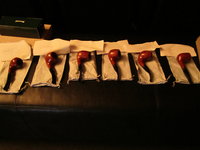
The different pipe shapes evolved over time. Basically, they comply after the head of the pipe. The basic shape of the pipe is the Billard. Another feature is the shape of the stem, which is splitted in three categories:
- Pipes with a very curved stem - "bent"
- Pipes with a little curved stem - "half bent"
- Pipes with a straight stem - "straight"
In the following we will give you a summary of the common pipe shapes.
Pfeifenform Bent
Pipe shapes with a curved stem
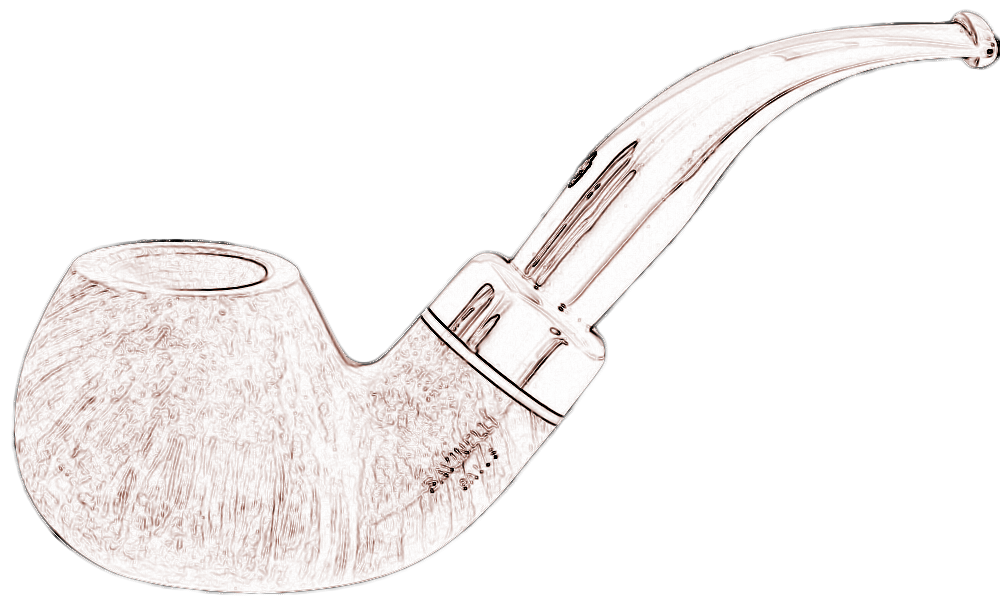
Bent Tomato
Pipes with the pipe shape tomato are similar to, as the name already say, a fleshy tomato. The head is bulbous and voluminous. The wall is thick, the shape round. The stem is most of the time bent because the head is pretty heavy and so it is easier to hold.
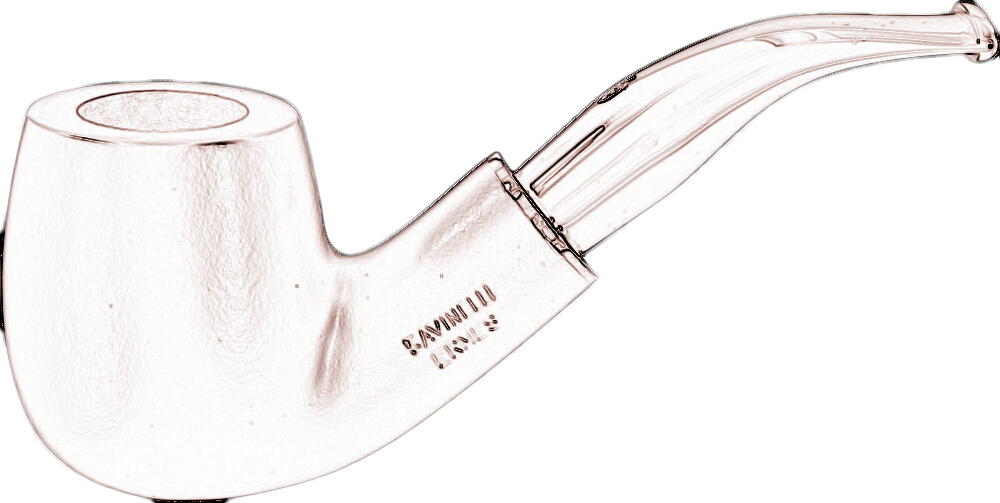
Bent
The pipe shape bent doesn´t only hide the shape. It is the classic of bent pipes. The shape varies a little bit depending on which manufacturer made it. But overall, the head shape is a little bulbous, the wall average thick. The head shape also is in the medium range. It also fits well in the hand.
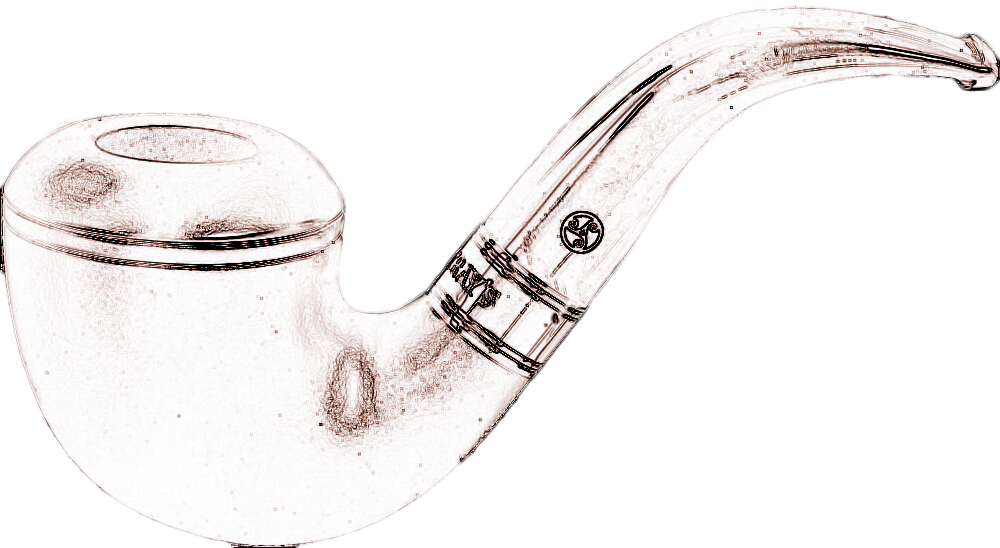
Bent Calabash
The calabash got it´s fame from Sherlock Holmes.
The stem is very curved. Although the head is bulky, it still doesn´t look plump beacuse it has the slight shape of a bottle pumpkin. The wall is very thick, the head high.
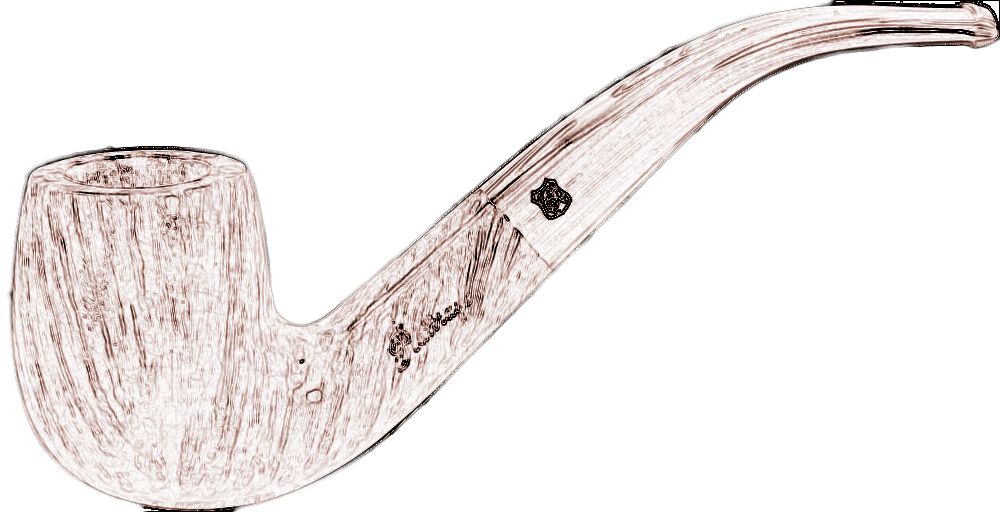
Bent Classic
The pipe shape bent classic doesn´t distinguish much from the bent or the billard. It lies balanced in the hand, is a little more slender thant the bent but also a little bulky like the billard.
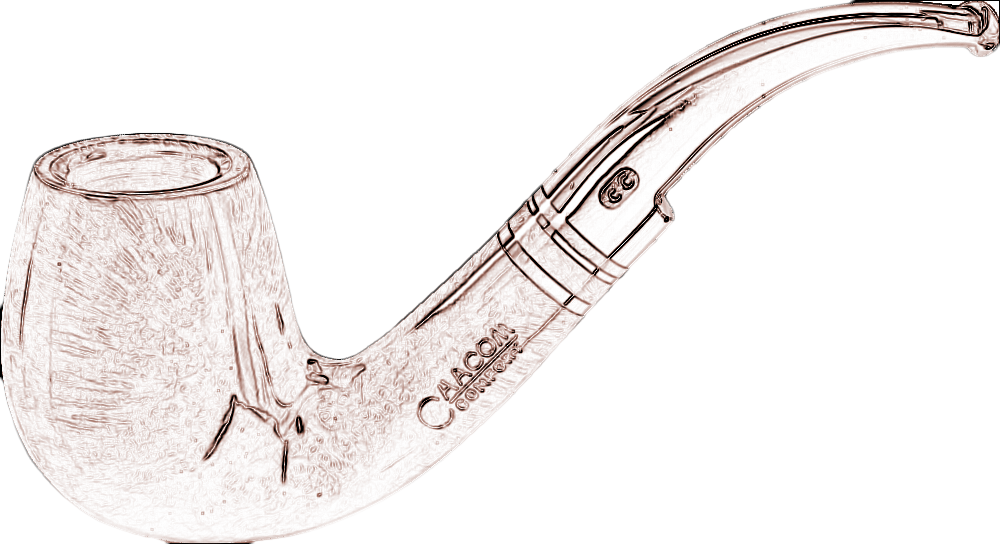
Bent Egg
Namesake of this shape is, of course, the egg. The head shape of this pipe is a little oval and runs narrower towards the top. Thereby the pipe shape is still elegant, despite it´s size.
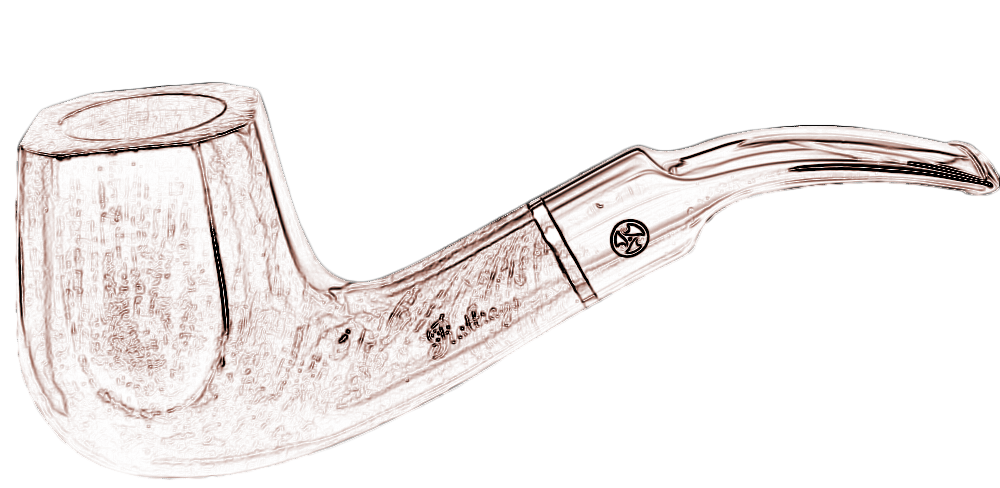
Bent Panel
The pipe shape is characterized by the facet cut at the pipe shape. It gives the pipe an angular look. Different pipe shapes are the basis for a panel. Most of the time, the wall is, because of the grind, a little thinner than the main shapes.
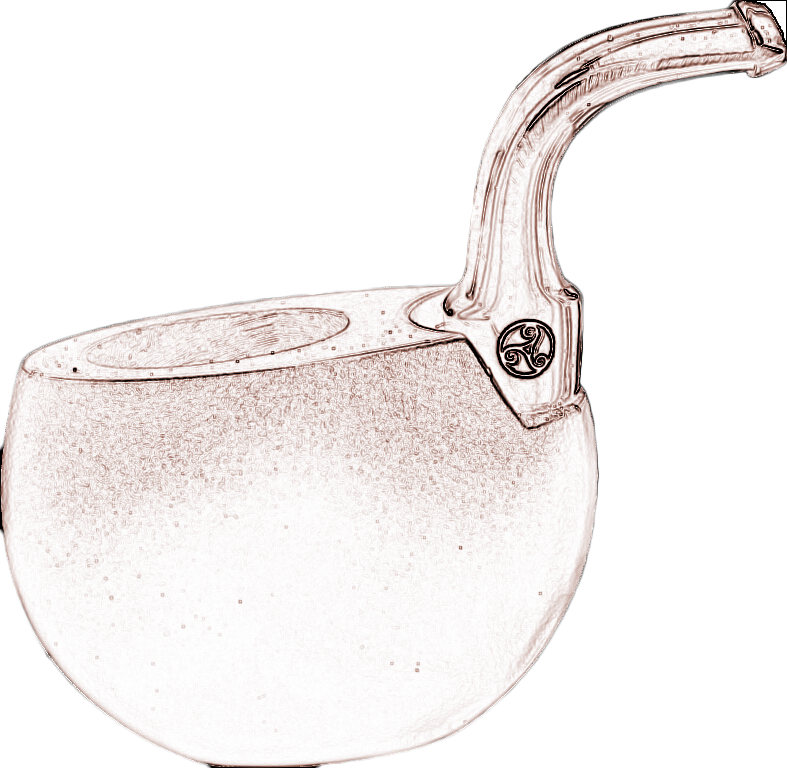
Bent Pocket
The special thing about the bent pocket is the oval drilling and it´s ability to hold much tobacco. The stem can be folded, so it can fit nicely in a jacket pocket. Only for experienced pipe smokers.
Pipe shape half-bent
Pipe shapes with a little curved stem
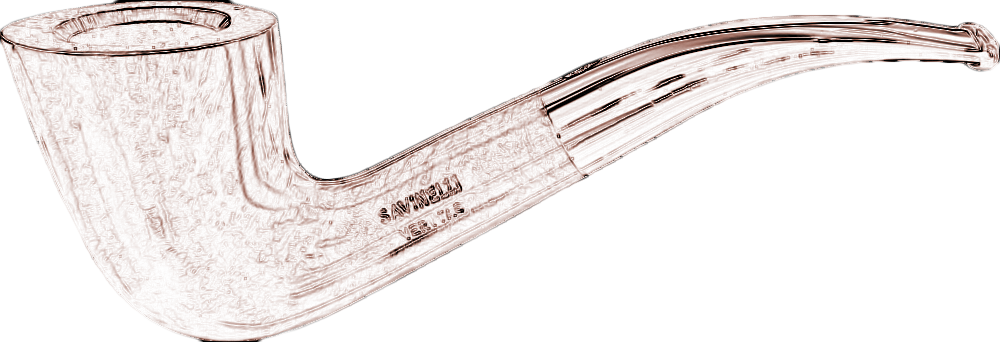
Half-Bent Albert
The trumpet like shaped head of the albert is slightly tilted forward at the shank. This results in a bore running diagonally backwards. It is one of the more elegant pipe shapes.
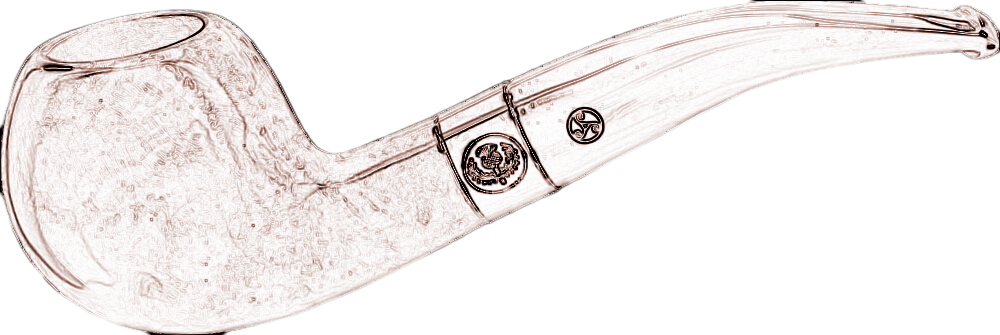
Half-Bent Author
Pipes with that shape are characterized by a flattened head and a thick, strong shank. It resembles the prince, but is thicker and bigger. It fits nicely into the hand and radiates authority.
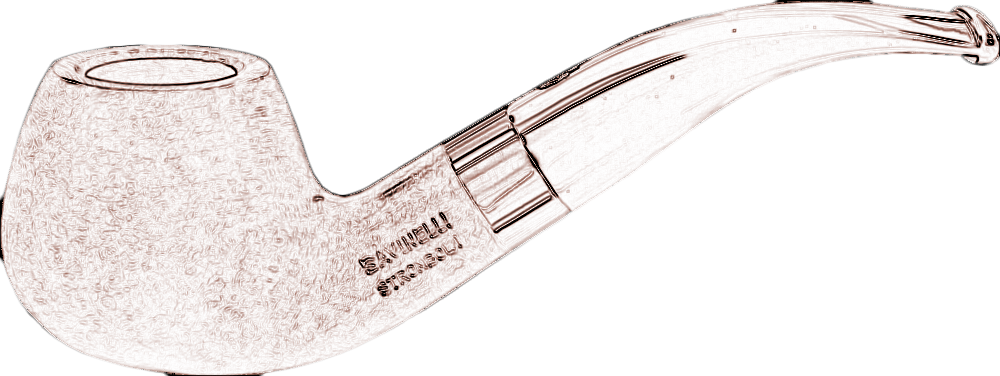
Half-Bent Ball
This pipe shape has great similarity with the brandy. But the head isn´t so sprawling. Towards the top, the head gets smaller. The height of the head lies in the medium range, the wall is normal. It is a good pipe for beginners.

Half-Bent Belgique
Pipes that are referred to as belgique are in general pipes with the pipe shape cutty. But with the belgique, the heel is missing. It is elegant, the stem is slightly curved and, comparison, pretty long. The head is tilted forwards. In some countries, it only get´s called cutty or, when it has a heel, pointed cutty.

Half-Bent Brandy
Pipes with the brandy shape got their name from a cognac snifter. The wall of the brandy is thick, so it tolerates strong drunkenness well. Shank and stem can vary a lot. Most of the time, the stem resembles the foot of a swivel arm.
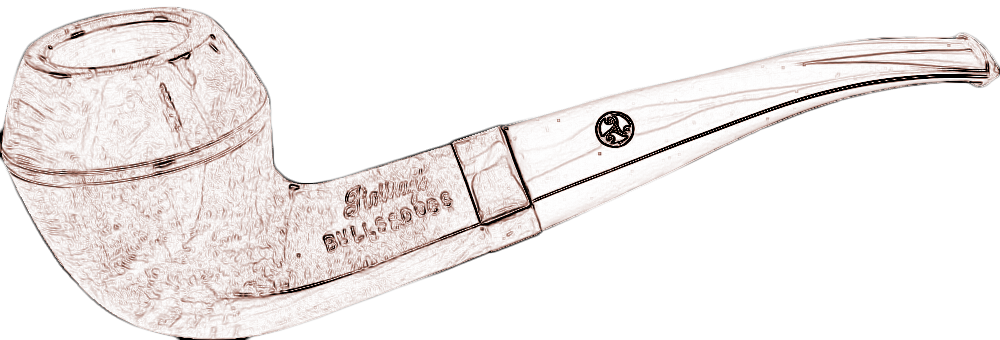
Half-Bent Bulldog
A distinctive feature of the bulldog is the angular stem of the pipe. The head is shaped after two superimposed cones with a cut tip. The widest part of the head is adorned with two horizontal grooves. The stem in the shape of a brilliant flows into the mouth piece.
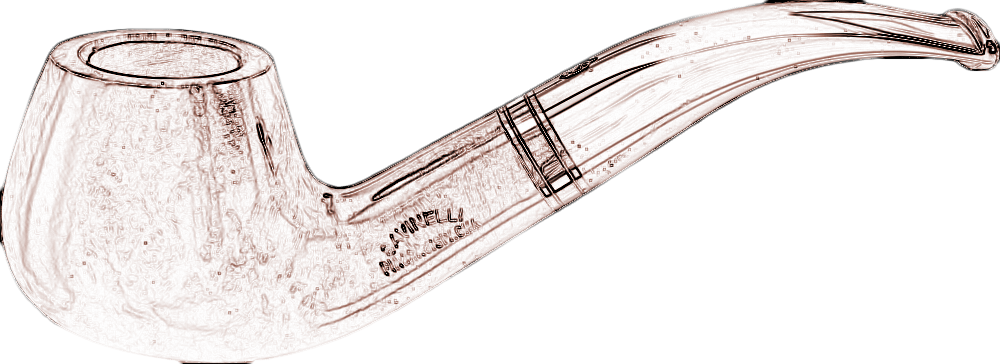
Half-Bent Classic
Die Classic gibt es mit den unterschiedlichsten Holmen und Mundstücken. Der leicht bauchige Kopf wird gern für unbehandelte Pfeifen verwendet. Der Übergang von Kopf zu Holm ist fließend, die Kopfhöhe etwas mehr als bei der Ball.

Half-Bent Cutty
Diese Pfeifenform war im 16. und 17. Jh. gebräuchlich und wurde wieder neu belebt. Das Alleinstellungsmerkmal ist die kleine Ferse an der Unterseite des Kopfes. Die diente früher zum Schutz der empfindlichen Unterseite. Die Kopfform ist optisch an die Blüte einer Tulpe angelehnt.
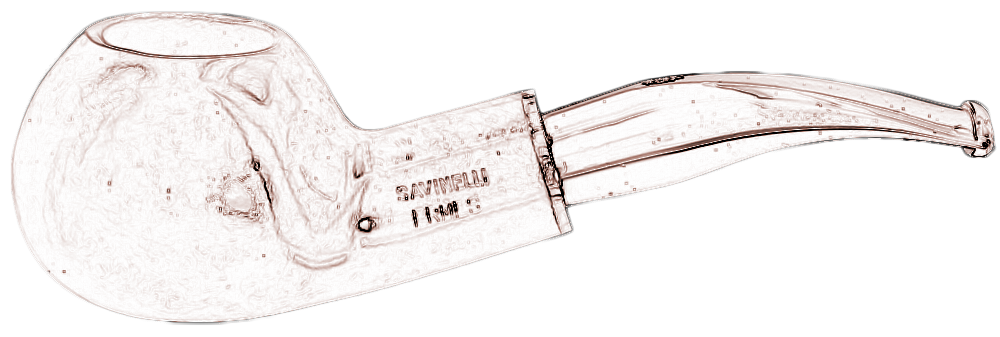
Half-Bent Diplomat
Der Kopf der Diplomat gleicht optisch der Prince. Er ist rundlich und gedrungen, die Unterseite ist abgeflacht. Zum Unterschied der Prince ist die Diplomat größer und kräftiger. Die Wandung deutlich stärker.
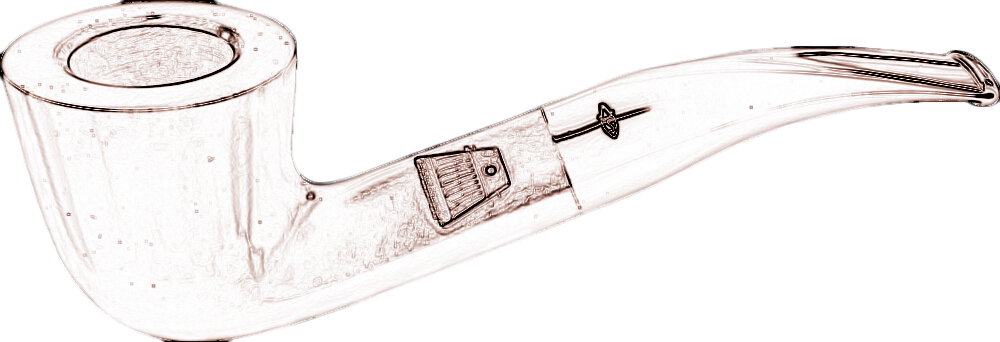
Half-Bent Dublin
Die Form der Dublin wie die der Albert elegant. Der Hauptunterschied ist der gerade nach oben verlaufende trichterförmige Kopf. Durch den ebenso trichterförmige Brennraum entsteht besonderer Effekt. Das Aroma sammelt sich beim Rauchen im unteren Teil des Brennraumes und eröffnet sich erst nach und nach.

Half-Bent Egg
Wie der Name dieser Pfeife schon sagt, gleicht ihre Form einem Ei. Der Kopf ist rund und verläuft nach oben hin schmaler. Im Brennraum lässt sich viel Tabak verstauen, daher ist diese Pfeifenform für die längeren Genussmomente gut geeignet.
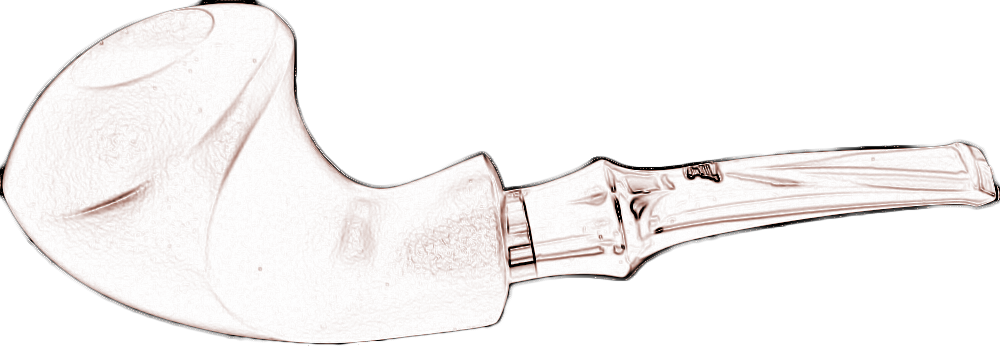
Half-Bent Freestyle
Alle Pfeifen, die von individuellen Pfeifenmachern hergestellt wurden und eine sehr außergewöhnliche Form haben, werden als Freestyle bezeichnet. Die meisten weisen keinerlei Standardmerkmal auf. Der Kreativität des Pfeifenmachers sind keine Grenzen gesetzt. Somit ergeben sich die unüblichsten Formen.
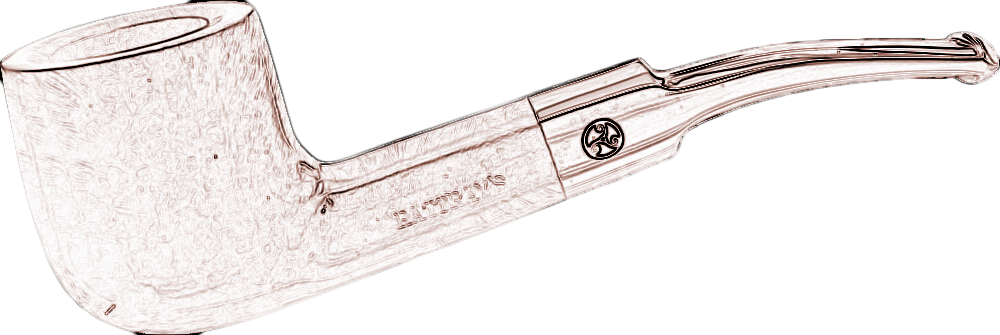
Half-Bent Pot
Die Pot ist eine gedrungene Pfeifenform. Der kurze abgeflachte Kopf ist nach unten hin abgerundet, die Wandung recht dick. Die Bohrung ist etwas größer als üblich. In ihr entfalten sich die Aromen sehr gut.

Half-Bent Rhodesian
Pfeifen mit der Form Rhodesian unterscheiden sich nicht wesentlich von der Bulldog. Im Gegensatz zur Bulldog weist die Rhodesian einen glatten Holm auf. Durch die Dickwandigkeit dieser Form ist sie gut für Anfänger geeignet.

Half-Bent Zulu
Die Form der Zulu hat Ähnlichkeit mit einem Horn. Sie ist jedoch etwas schlanker als die typische Hornform. Kopf, Holm und Mundstück ergeben einen fließenden Übergang und bilden eine Einheit. Der Holm und das Mundstück sind oft oval. Sie gehört zu den selteneren und exotischeren Formen.
Pfeifenform Straight
Pfeifenformen mit geradem Mundstück
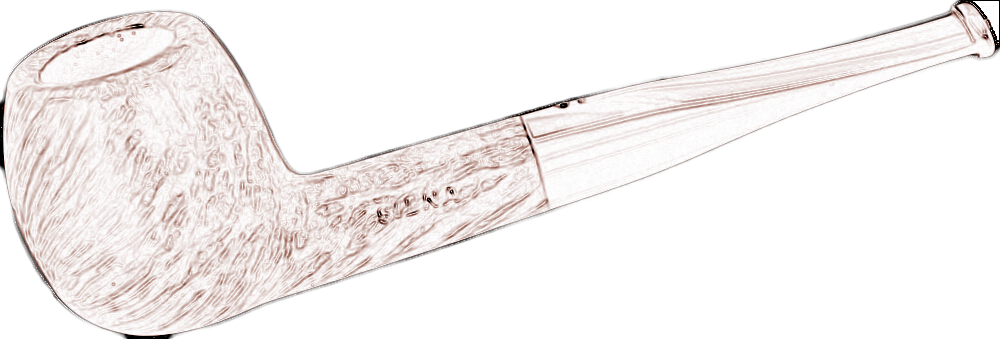
Straight Apple
Der Kopf der Apple sind vorn und an den Seiten abgerundet und erinnert an einen Apfel. Sie liegt daher gut in der Hand und ist durch die Dickwandigkeit gut für Anfänger geeignet. Der Holm der Apple ist gerade.
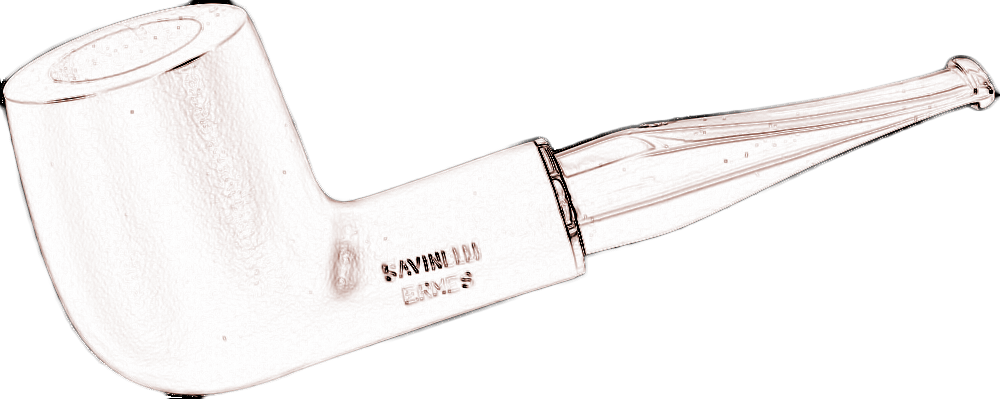
Straight Billard
Die Billard ist eine klassische und sehr beliebte Form. Ihr Kopf sitzt gerade am Holm und verläuft im rechten Winkel nach oben. Der Kopf geht in den Holm über. Die Bohrung ist meist mittelgroß, wobei die Schafthöhe variieren kann.

Straight Canadian
Genaugenommen ist die Canadian eine Familie von Pfeifenformen. Dazu gehört ebenso die Lovat, Lamberman und Liverpool. Die Canadian hat den Kopf einer Billard. Ist aber meist dünnwandiger. Der Holm ist zweimal so lang, wie die Höhe des Mundstückes. Dadurch entsteht eine weicher und kühler Rauch.
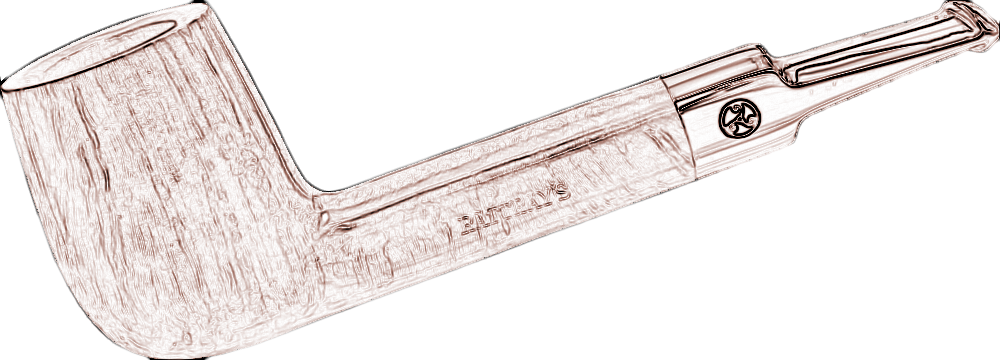
Straight Lovat
Die Lovat gehört zur Canadian-Familie. Der Kopf entspricht einer Billard, die Holm ist doppelt so lang, wie die Höhe des Kopfes. Sie hat ein kurzes Sattel-Mundstück.

Straight Prince
Der Kopf der Prince ist gestaucht und kugelförmig. Ähnlich der Apple weist die Prince eine Asymmetrie an Vorder- und Hinterkante des Kopfes auf. Der Holm ist kurz und rund. Sie ist somit eine der schmalsten und leichtesten Pfeifen.
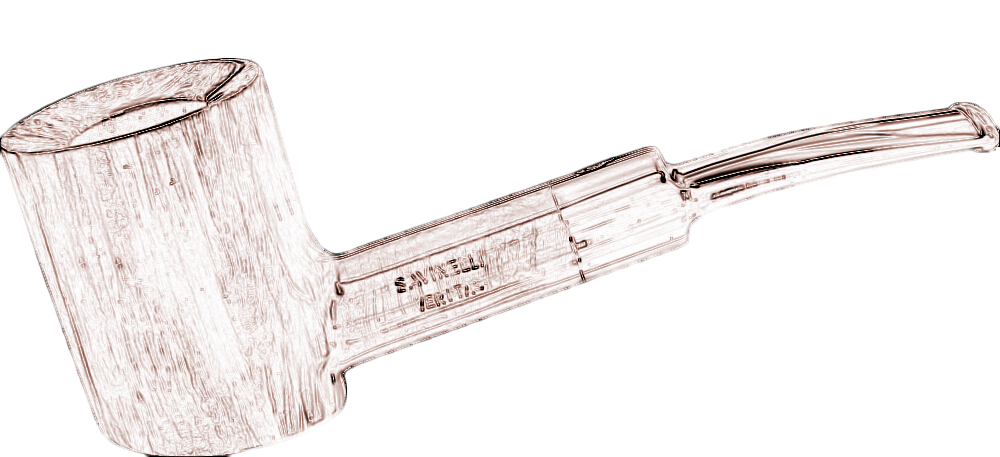
Straight Poker
Wie der Name verrät handelt es sich hierbei um eine Standpfeife. Sie wirkt durch ihre zylindrische Form elegant. Der Kopf ist unten abgeflacht, so dass sie bequem abgestellt werden kann. Sie ist bei pfeiferauchenden Pokerspielern sehr beliebt und verleiht ihr daher auch den Namen.
